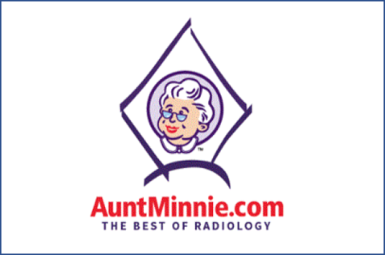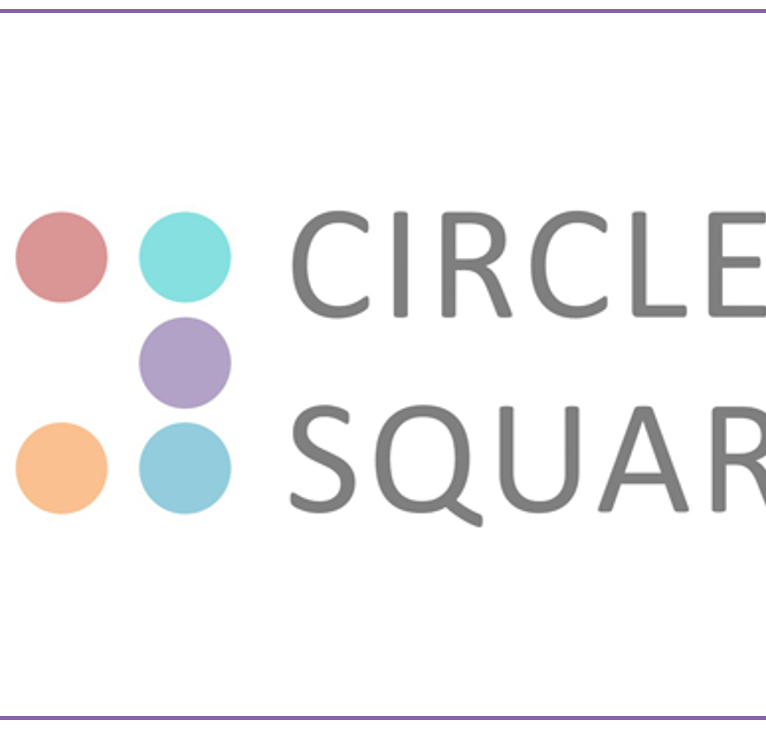Platforms vs. Tools: The Advanced Visualisation Breakup in AuntMinnie Europe
Published: March 28, 2018 In The News
28th March 2018 – Featured in AuntMinnie Europe – Healthcare IT is becoming increasingly complex. To keep up with current and future requirements, advanced visualization (AV) vendors are organizing themselves into two different categories, each specializing to try and stay ahead of competition.
ECR 2018 this year offered a glimpse of this growing split: Some vendors are focusing on interoperability and integration to become preferred platform vendors, while others are aiming to provide superior image analysis and visualization software to create the AV tools radiologists would desire and demand.
Click here to continue reading on AuntMinnie Europe website…
You may also like


